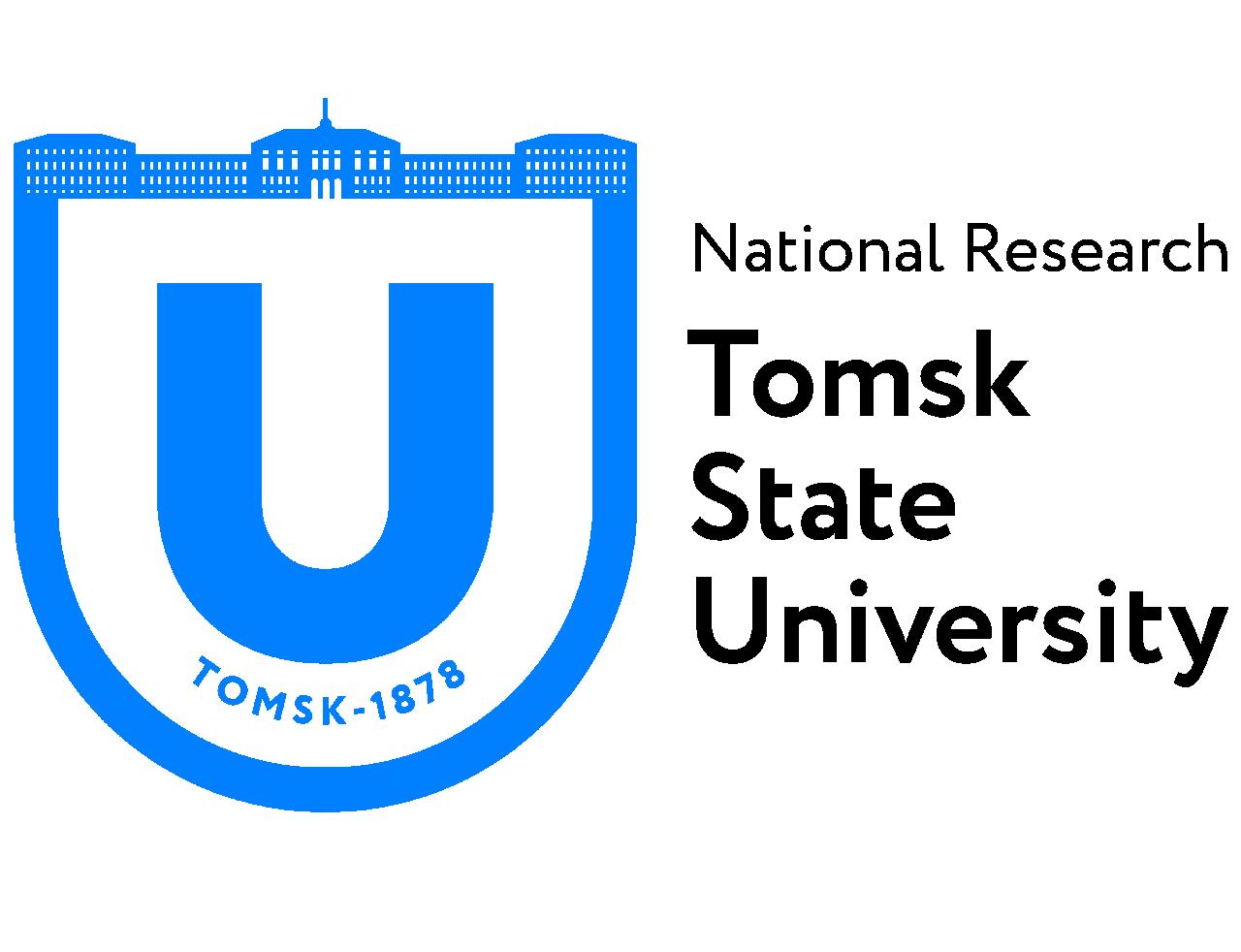Tomsk State University scientists refine the map of Venus for Roscosmos and NASA
Specialists of the TSU Faculty of Geology and Geography and colleagues from Carleton University (Canada) are compiling detailed maps of fragments of the surface of Venus. This will help to choose the future landing site for the orbiter with a sampling probe in the Venera-D research mission.
Venera-D is a joint project of Roscosmos and NASA to send an orbiter and lander to Venus to determine the composition of the material of surface structures and understand the geological processes that formed the surface of this planet. The flight is scheduled for the period between 2026 and 2033.
The task of the international research group, which included Yekaterina Antropova, a junior researcher at the TSU Laboratory of Geochronology and Geodynamics at the Faculty of Geology and Geography, and Carlos Braga, a third-year student of the faculty, is to create detailed maps of fragments of the surface of Venus, 10 times larger in scale than earlier studies.
As the Faculty of Geology and Geography scientists explain, at present most of Venus is mapped at a reconnaissance scale – 1:10,000,000, 1:5,000,000. The planned regional mapping will be on a smaller scale – 1:500,000.
– The results will be the basis for a more detailed study of the planet’s surface. To do this, it is necessary to take into account the potential safety of landing in a specific area, the representativeness of the materials, the potential simplicity and quality of the geochemical signal at the landing site, and the orbital limitations of the mission, – says Ekaterina Antropova.
The study will also have implications for the exploration of land-based ore deposits associated with large igneous provinces (LIPs) formed by the introduction of huge volumes of mantle magmas and for assessing their impact on the planet’s climate change.
The Earth and Venus are similar in size and some other characteristics, so the processes taking place can also be compared. It is now recognized that the formation of the LIP on Earth had a significant impact on the climate, including, for example, the mass extinction of dinosaurs. There is an assumption that it was the LIPs that caused a sharp climate change on Venus–as a result of the release of CO2 and the increasing greenhouse effect after large-scale volcanic eruptions, life there may have disappeared.
– Moreover, there are almost no erosion processes on the surface of Venus, so in the images we can observe and analyze structures similar to those on Earth in their primary form, when the destructive force of wind, water, and other agents had not yet disturbed the original appearance, – adds Ekaterina Antropova.
That is, on Venus, geological objects are conserved due to the absence of erosion and other phenomena, and how the changes took place can be studied and understood.
Scientists have already mapped several regions of Venus with multidirectional volcanic flows, areas of fields of shield volcanoes, and entire large volcanic centers. For example, they found that the volcano Atira Mons, which Carlos Braga is working on, is 500 km in diameter, comparable to the length of the Tomsk Region from north to south. The next stage of work will be a demonstration of materials at an international industry conference, which is scheduled for March 2021 in Texas, USA.

